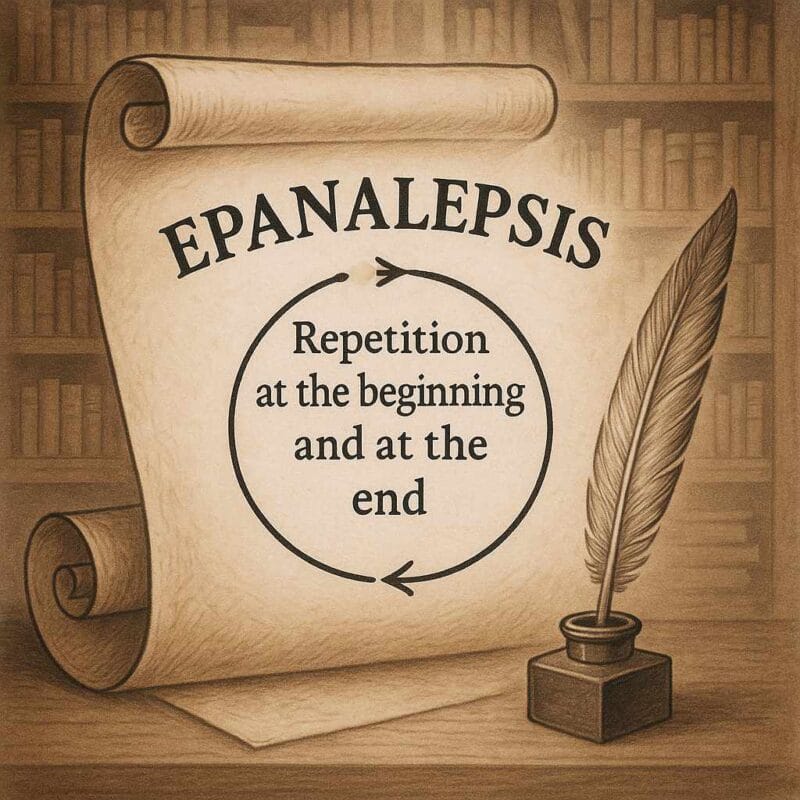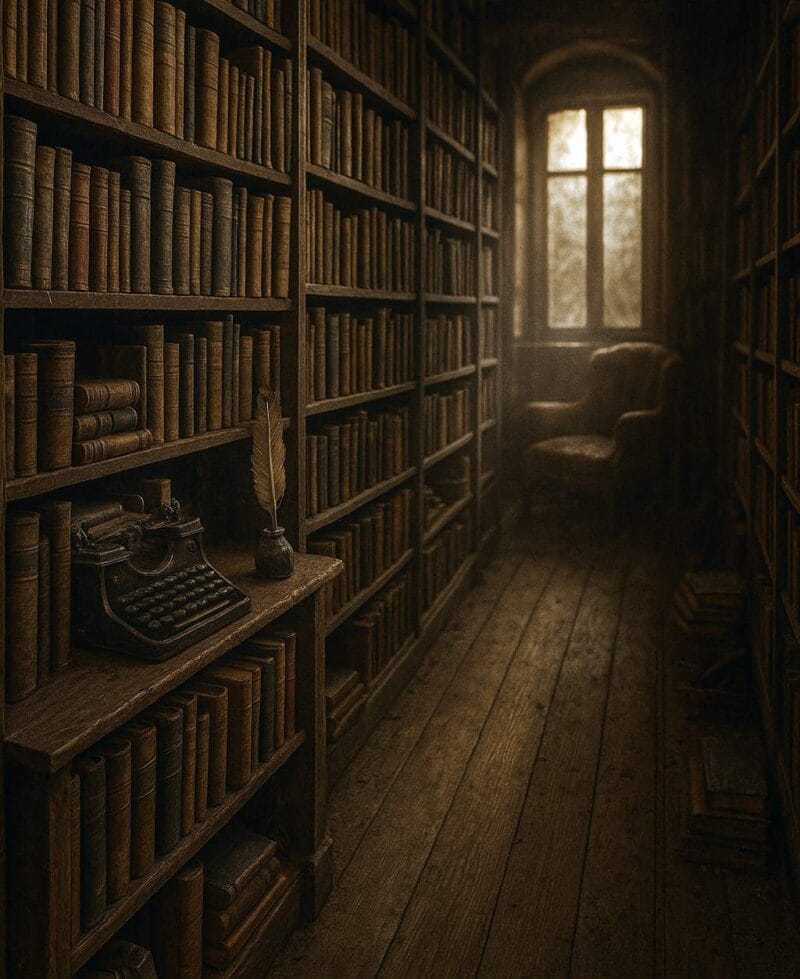Literature, in particular, employs the tricolon to provide clarity and emphasize significant points. Famous literary works showcase its effectiveness in conveying emotion, motive, or conflict with precision. From ancient texts to contemporary novels, this rhetorical device remains a staple for authors seeking to create enduring impressions.
This device not only aids writers in emphasizing their message, but also enriches the narrative text by delivering a vibrant linguistic rhythm. Its capacity to evoke vivid imagery through structured repetition transforms simple sentences into powerful declarations. Readers may find themselves drawn into the ebb and flow of the narrative, while finding an unexpected connection with the prose’s intended meaning.
How Tricolon Appeal to Readers
The tricolon’s appeal largely stems from the rule of three, which suggests that groups of three items are more persuasive and memorable because they provide a sense of wholeness. In oratory and advertising, the power of three often results in a powerful impression. Its widespread use in communication highlights its effectiveness in delivering clear and compelling messages.
Aids Comprehension and Retention
Tricolons not only aid in comprehension but also enhance retention. By structuring information in groups of three, they align with how the brain processes and recalls information. This technique facilitates a better grasp of concepts, as the human mind naturally responds to patterns and simplicity.
The use of tricolons in storytelling ensures that key points are grasped quickly, setting the stage for enhanced persuasiveness. This methodology proves advantageous in literature and other domains where clarity and effective communication are paramount.
The Rhythmic Effect
Another notable feature of the tricolon is its ability to create a rhythmic cadence within prose or poetry. This repetitive structure gives the text a musical quality, making it more pleasurable to read and hear.
By employing a pattern of three parallel clauses or phrases, the author crafts sentences with balance and harmony. Such rhythm keeps the reader interested and can enhance the overall flow of a narrative. This careful arrangement is not just about aesthetics; it supports readers in better understanding and recalling the message.
Creating Emphasis
The third part of a tricolon often carries more weight or emotional intensity than the first two parts. This escalation creates a sense of climax, driving the point home for the audience. By building up to the final part, the speaker can deliver the most impactful element.
Parallel structure within the tricolon accentuates specific elements, which draws the reader’s attention to pivotal concepts. This can be observed in persuasive writing, where emphasis is crucial for conviction.
By using repetitive patterns, the writer ensures that the audience focuses on the core message, making it more impactful. Anaphora and epiphora, as complementary devices, can further enhance this emphasis, increasing the persuasive power of the text and solidifying its meaning and importance in the reader’s mind.
Examples of Tricolon in Literature
In William Shakespeare’s Julius Caesar, the phrase “Friends, Romans, countrymen, lend me your ears” demonstrates the tricolon device, adding rhythm and emphasis to Marc Antony’s speech. Another instance is from Edna St. Vincent Millay’s poem, “Dirge Without Music,” where her use of repeated structures underscores the poem’s somber tone.
Here are a few more examples:
- “Her voice is full of money, that was the inexhaustible charm that rose and fell in it, the jingle of it, the cymbals’ song of it.” – The Great Gatsby by F. Scott Fitzgerald
This tricolon emphasizes Daisy’s allure, particularly to Gatsby, by associating her voice with wealth and charm in three distinct yet interconnected ways. Each phrase builds on the idea of wealth—first in a literal sense, then as a sound, and finally as something more poetic. For readers, this evokes a vivid sensory experience that illustrates Daisy’s magnetic yet materialistic nature.
- “War is peace. Freedom is slavery. Ignorance is strength.” – 1984 by George Orwell
This tricolon, known as the Party’s slogan, captures the central paradoxes of the totalitarian regime in 1984. Each phrase presents a contradiction that reflects the manipulation of truth by the Party. For readers, this structure reinforces the unsettling nature of the dystopia, where language is weaponized to control thought and perception.
- “I shall do one thing in this life—one thing certain—that is, love you, and long for you, and keep wanting you till I die.” – Far from the Madding Crowd by Thomas Hardy
In this tricolon, Gabriel Oak expresses his unwavering devotion to Bathsheba. Each clause intensifies his emotional commitment—loving her, longing for her, and wanting her until death. For readers, the repetition emphasizes his loyalty and the depth of his feelings, making his declaration feel both powerful and poignant.
Further Reading
Tricolon: Rhetorical Technique in 1984 by Luke Bartolo, lukebartolo.blogspot.com
Powers of Three: On the Tricolonic Title by Ivan Kreilkamp, The Millions
What is a tricolon in literature? on Quora
What is the difference between rule of three and a tricolon? on Reddit




